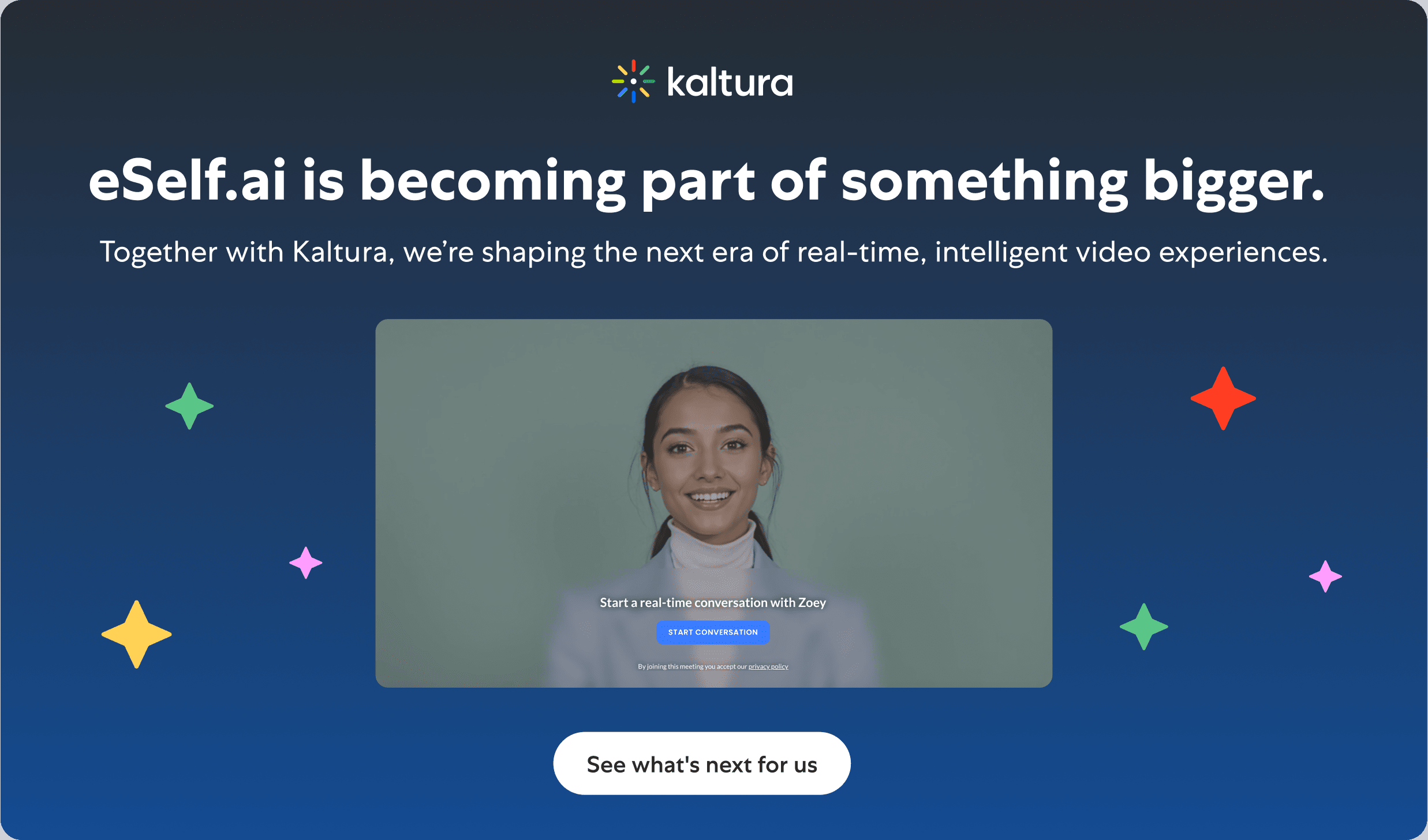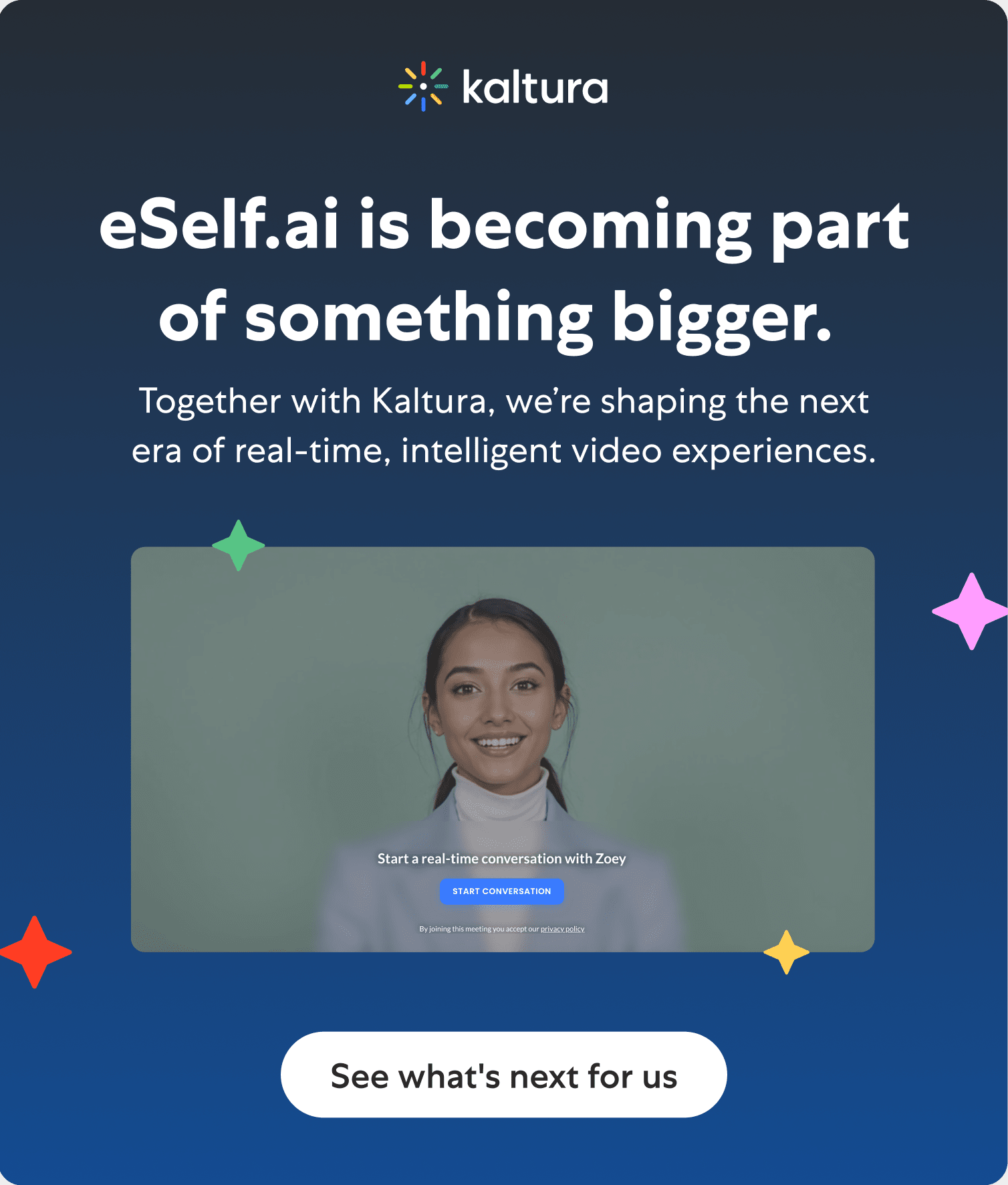Great teams don’t just happen; they’re built one hire at a time. But when companies don’t know how to hire the right person, the consequences can be costly. According to the U.S. Department of Labor, a single bad hire can cost up to 30% of that employee’s first-year salary. Harvard research suggests that up to 80% of employee turnover is directly tied to poor hiring decisions.
Intuition is no longer enough in today’s world. The pressure to move fast often collides with the need to hire right, creating a dangerous margin for error. Conventional interviews and resume scans can’t (and don’t) always detect whether someone will actually thrive (or just survive) in your company culture.
Hiring the right person isn’t about finding the most polished resume. It’s about identifying who will grow with your mission, collaborate with your team, and adapt when business gets messy. With the right strategy—and now, with AI-driven tools that can screen for fit and flag risks early—you don’t have to gamble on your next hire.
What the “Right Employee” Really Means – And Why Most Recruiters Get it Wrong
Many recruiters still default to evaluating candidates based on resume keywords, technical expertise, and past job titles. But that lens is too narrow.
Hiring well today requires evaluating more than just experience or technical credentials. Qualities like adaptability, integrity, curiosity, and alignment with team culture are often better predictors of success than résumé polish. These traits define who will thrive, grow, and lead inside your organization—not just survive.
According to LinkedIn’s 2024 Workforce Report, 75% of HR professionals now view skills-based hiring as the future of recruitment—a shift away from resume-driven selection toward evaluating what candidates can actually do and how they think.
This approach embeds essential traits like resilience and emotional intelligence, because technical ability alone doesn’t guarantee long-term success. Hiring someone who is culturally misaligned remains an unacceptable risk.
Hiring the right employee means rethinking what “qualified” really looks like. The most successful candidates aren’t just experienced—they’re aligned. They share your company’s values, understand your mission, and show signs of long-term resilience. Look for someone who:
- Adds value to your culture rather than merely fitting it.
- Shows curiosity, adaptability, and emotional intelligence.
- Is motivated by impact (not just compensation).
- Demonstrates alignment through the questions they ask.
- Seeks growth and wants to contribute beyond the job description.
If your hiring process doesn’t actively assess these traits, you risk selecting someone who aces the interview but drains team momentum over time. Redefining what the “right” hire looks like is the first step toward reducing churn and building a resilient, high-impact team.
Get Crystal Clear on What You Need in a Candidate

Most hiring misfires begin long before the interview—at the point where the role itself is poorly defined. If your team isn’t aligned on what problem this hire is meant to solve, you are not hiring strategically; you’re guessing.
Before writing a job description or screening applicants, define the core purpose of the role with precision to gain absolute clarity on its function, expectations, and strategic value. What outcome is this hire driving? What gaps does it fill? What will success look like in 90 days?
Start with a position analysis built around the KSAO framework, a structured approach widely used in industrial-organizational psychology and HR to design roles and inform selection strategies:
- Knowledge (K): What must the candidate already know? For example, product expertise for a sales enablement role.
- Skills (S): What can the candidate demonstrably do well? For example, persuasive writing and clear communication.
- Abilities (A): What capabilities support performance over time? For example, handling shifting priorities under pressure.
- Other Characteristics (O): What traits or values help someone thrive? For example, curiosity, integrity, and a growth-oriented mindset.
This analysis does more than produce a list; it yields a hiring blueprint. It clarifies how to hire the right person, guides sourcing, sharpens interview questions, and aligns onboarding with actual performance needs.
A strong candidate isn’t merely resume-matched; they’re someone capable of thriving in your organization’s specific context. That includes aligning with pace, cross-functional team dynamics, and strategic priorities.
To ensure alignment from day one—especially in high-stakes or evolving roles—define clear 30, 60, and 90-day performance milestones during the hiring process. These goals help define interview questions and candidate assessments by linking expectations directly to outcomes.
13 Tips on How to Hire the Right People

Hiring the right person for the job isn’t about finding a unicorn; it’s about applying consistent, smart processes that reveal who will truly thrive in the role. These 13 actionable tips blend proven hiring practices with AI-enhanced strategies to help you identify high-quality candidates faster, reduce risk, and build stronger teams from day one.
1. Align the hiring team before you interview
Misalignment among interviewers leads to mixed signals and costly delays. Before speaking with candidates, align on the must-haves, deal-breakers, and how you’ll evaluate responses. A shared rubric ensures consistency and reduces bias.
2. Be honest about the challenges of the role
Every job has friction points. Don’t sugarcoat them. Sharing the real challenges up front helps attract resilient, impact-driven professionals, not just polished interviewers, and filters out those more interested in comfort than contribution.
3. Don’t rely on job boards
Job boards bring volume, not always quality. Referred candidates are 7x more likely to be hired and tend to stay longer, according to a study of 4.5 million applications. Combine job listings with referrals, niche talent networks, and AI-based sourcing to attract higher-fit applicants.
4. Build a magnetic job posting that filters in the right people
Strong job posts are clear, specific, and energizing. Spell out what sets your culture apart and include deal-breakers up front. Use compelling language that signals your team’s pace, style, and expectations, so only the right candidates apply.
5. Use AI tools to save time and spot the right fit sooner
AI can streamline early-stage screening and interviews. Tools like eSelf.ai simulate structured, scenario-based video interviews that help assess how candidates communicate, problem-solve, and present themselves in role-relevant situations. This makes it easier to compare responses against defined success benchmarks while minimizing bias and decision fatigue.
6. Use quick intro calls to spot fit fast
Before investing in full interviews, hold 15-minute intro calls to gauge alignment on values, energy, and communication style. You’ll quickly identify whether there’s a match worth exploring—or not.
7. Keep candidates engaged throughout the process
Strong candidates expect transparency. Use AI assistants for real-time updates, clarify timelines, and send status messages regularly. This shows respect for their time—and keeps top-tier applicants from dropping off.
8. Ask questions that reveal thinking, not memorized answers
Skip the cliche questions. Instead of asking “What are your strengths?”, ask “What’s a recent decision you regret and how would you approach it now?” Good questions expose self-awareness, judgment, and values—critical traits in high performers.
9. Watch the questions they ask you
Candidates reveal just as much by what they ask. Pay attention to whether they inquire about team dynamics, growth opportunities, or impact, or only salary or perks. Their curiosity reflects what they care about and how they’ll show up at work.
10. Look for evidence, not just vibes
Don’t mistake likability for fit. Ask for results, metrics, or artifacts from past work. Use scorecards to compare substance—not chemistry—across candidates objectively.
11. Go beyond the interview: Test for real-world fit
Assign a task that mirrors the actual job. This could be a writing prompt, product critique, pitch deck, or timed decision-making exercise. Keep it short, relevant, and paid when appropriate. What matters isn’t perfection—it’s how they think, prioritize, and adapt.
12. Hire for culture add, not just culture fit
Don’t just ask if someone fits your existing culture—ask what they’ll add to it..Culture fit can reinforce sameness. Instead, hire people who share your values but bring fresh perspectives. Culture add drives innovation, inclusion, and long-term growth.
13. Check references to uncover the “unsaid”
Be specific when contacting references. Ask how the candidate collaborates under pressure, responds to feedback, or contributes beyond their role. Don’t wait for volunteered praise, ask the questions that matter most to your team..
Hiring the right people isn’t about luck; it’s about process. When you combine structured tactics with a clear understanding of what your team needs, you reduce risk and build stronger teams faster. These 13 tips aren’t just best practices; they are a framework for hiring with purpose, not pressure.
How AI Can Help You Hire the Right Person – Faster, Smarter, and More Effectively
Hiring the right employee is no longer about sorting through stacks of resumes or relying on gut instinct. AI-powered hiring tools have transformed every stage of the hiring process—from sourcing and screening to interviewing and candidate engagement. Used well, they help you hire good employees more efficiently, fairly, and at scale.
Here’s how AI accelerates and improves your hiring process:
- Faster, more focused screening: AI can instantly match candidate profiles to your defined success criteria, surfacing best-fit candidates while filtering out low-quality ones.
- Reduced bias through consistent logic: By applying standardized evaluations across all applicants, AI helps minimize unconscious bias and brings greater fairness to early-stage selection.
- Enhanced sourcing and candidate discovery: AI helps uncover overlooked applicants, close skill gaps, and elevate overall process quality through data-backed insights.
- Structured, fair interviews: Tools like eSelf.ai simulate scenario-based video interviews that show how candidates communicate, problem-solve, and respond in realistic, role-specific situations, including the following:
- Every applicant receives the same prompt for consistent comparisons.
- More signal, less guesswork results in better hiring outcomes.
- Improved candidate experiences: AI streamlines engagement with features like:
- Automated scheduling;
- Real-time application updates; and
- Conversational assistants to answer FAQs.
These tools reduce friction and help maintain candidate interest, especially in roles where top candidates are evaluating multiple opportunities.
Used intentionally, AI isn’t about replacing human judgment; it amplifies clarity, consistency, and speed at scale. With the right tools in place, you gain decision-making precision without sacrificing the human element, leading to stronger hires and a more innovative pipeline.
| ⚠️ Note on AI Ethics in Hiring AI can accelerate hiring and reduce human bias, but it’s not bias-proof. Models trained on flawed or non-inclusive data can reinforce existing inequalities. Always vet your tool for fairness, transparency, and explainability. Use AI to support (not replace) human judgment. |
FAQ
1. How to make sure you are hiring the right person?
Start by defining what success looks like for the role, then build a candidate profile using the KSAO framework—Knowledge, Skills, Abilities, and Other Characteristics. Combine this with structured interviews, work samples, and peer input to assess both job fit and long-term alignment.
2. What is the most important factor in hiring the right person?
Alignment. The best hires match the role’s requirements, your team’s dynamics, and your company’s mission. Look beyond experience and hire for adaptability, values, and future potential.
3. How do I avoid making a bad hire?
Use a structured process: define role goals, involve the right stakeholders, and assess real-world ability through practical tasks. Avoid rushing—bad hires often result from vague requirements or poor screening, not poor candidates.
4. Can AI really help me hire the right person?
Yes—when used well. AI can streamline candidate screening, reduce bias, and surface high-potential applicants using consistent criteria. Platforms like eSelf.ai help by automating structured interviews, presenting scenario-based questions, and capturing consistent candidate responses for easier evaluation. It frees up your team’s time while enhancing decision quality.
5. How can AI tell if a candidate is likely a strong fit?
AI evaluates responses, patterns, and behavior against predefined success benchmarks—such as communication style or problem-solving logic. While it doesn’t replace human judgment, it sharpens early-stage decisions and flags quality candidates faster.
Final Thoughts
Hiring the right person isn’t about luck; it’s the result of clarity, consistency, and careful decision-making. From defining what success looks like to testing for real-world fit, every stage of your hiring process should help you uncover not just who can do the job, but who will thrive doing it.
That’s why the best hiring teams rely on structure: frameworks like KSAOs to define what matters, culture-add strategies to shape inclusive teams, and practical tools to test for alignment early. When you layer in AI thoughtfully, whether to automate early interviews or keep candidates engaged, you gain back time while increasing precision.
Tools like eSelf.ai allow you to scale structured human-like interactions without compromising consistency or quality. Instead of guessing who fits, you gather the evidence to hire confidently, even in high-growth or high-pressure environments.
Every hire is a strategic decision. And every decision shapes your culture. Make each one count.


